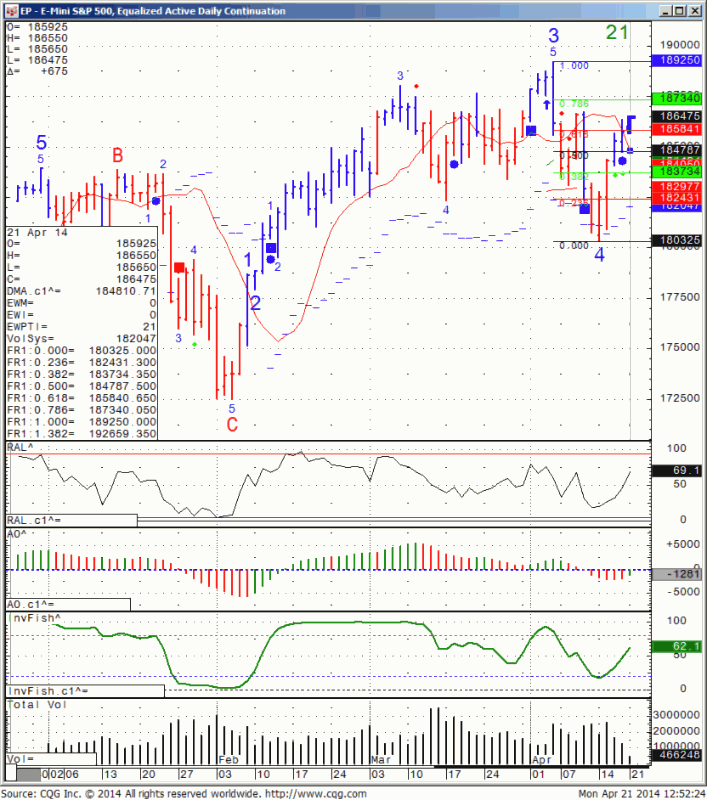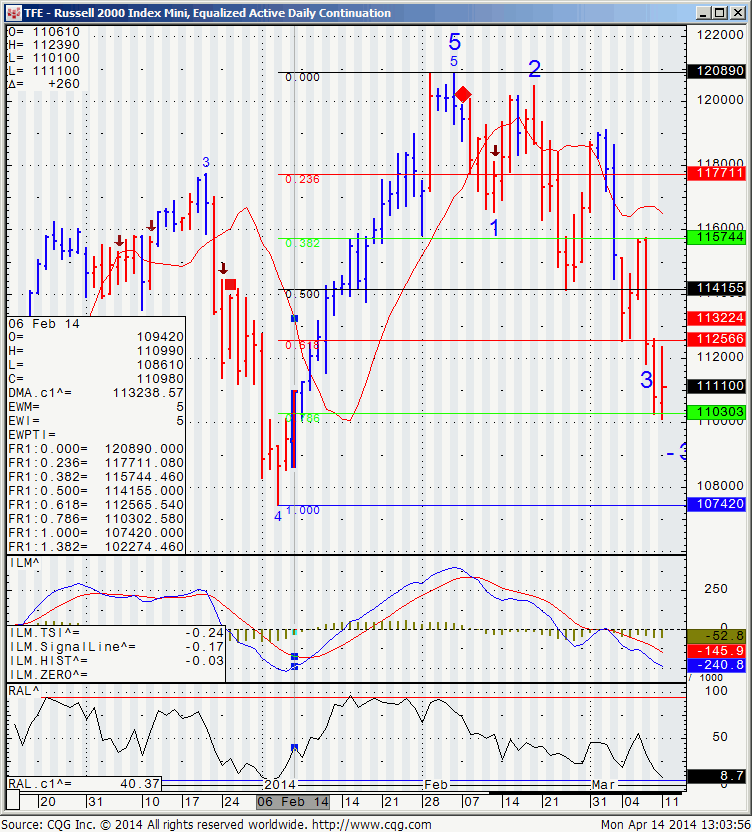Connect with Us! Use Our Futures Trading Levels and Economic Reports RSS Feed.
![]()
![]()
![]()
![]()
![]()
![]()
1. Market Commentary
2. Futures Support and Resistance Levels – S&P, Nasdaq, Dow Jones, Russell 2000, Dollar Index
3. Commodities Support and Resistance Levels – Gold, Euro, Crude Oil, T-Bonds
4. Commodities Support and Resistance Levels – Corn, Wheat, Beans, Silver
5. Futures Economic Reports for Tuesday April 22, 2014
Hello Traders,
For 2014 I would like to wish all of you discipline and patience in your trading!
Extremely light volume in the markets today as Europe was still on a holiday. Volume in the mini SP contract was about 35% of the average normal daily volume as of lately. I suspect that both market participants and volatility should return tomorrow from the Easter holiday.
Daily chart of the mini SP for your review below:

Continue reading “Futures Mini Indices Volume and Mini S&P Chart 4.22.2014”
